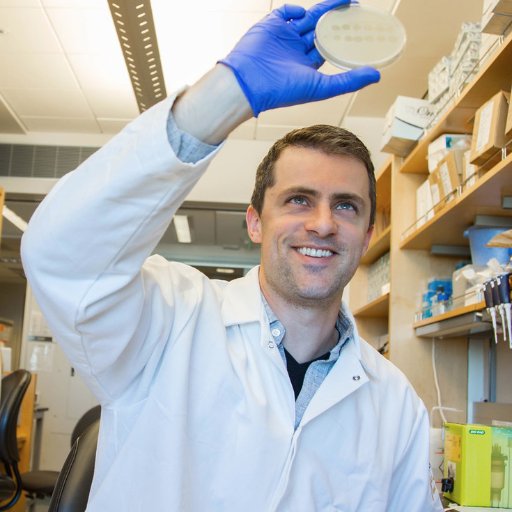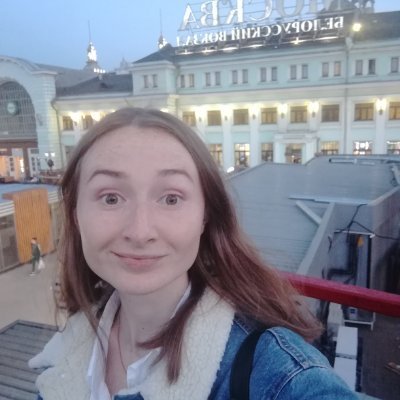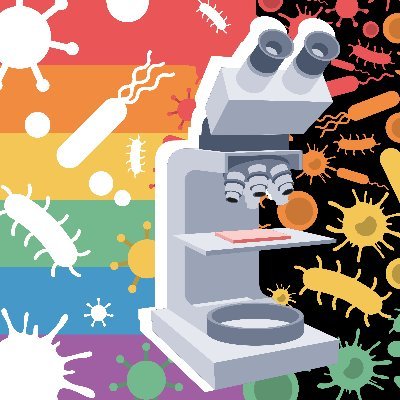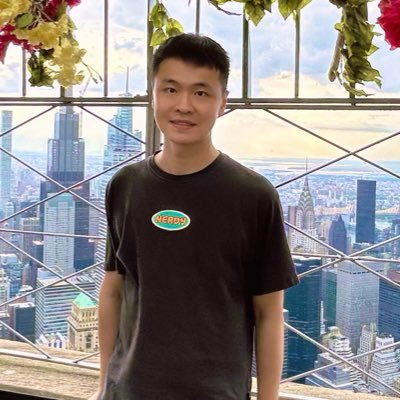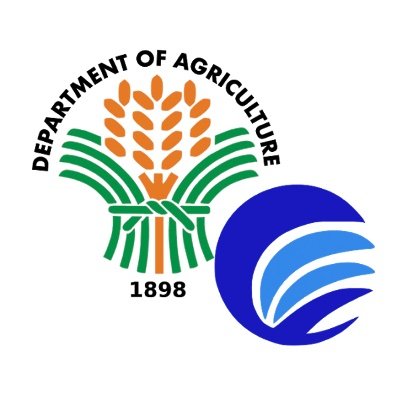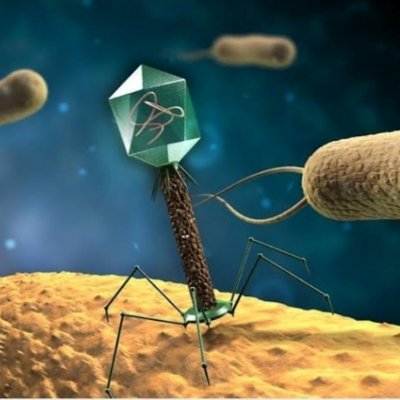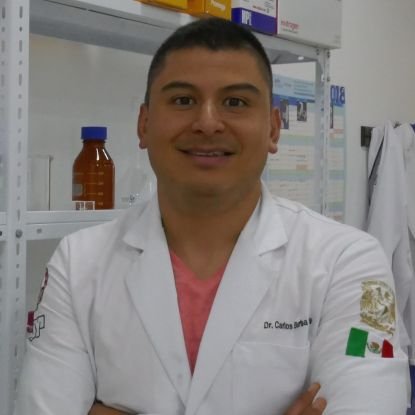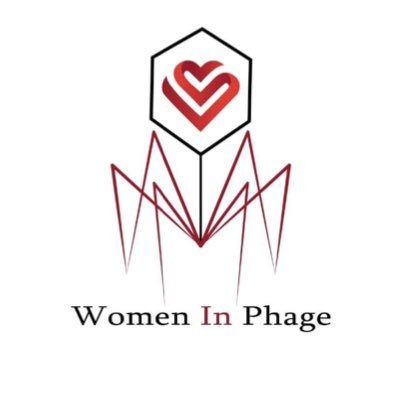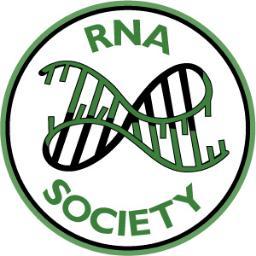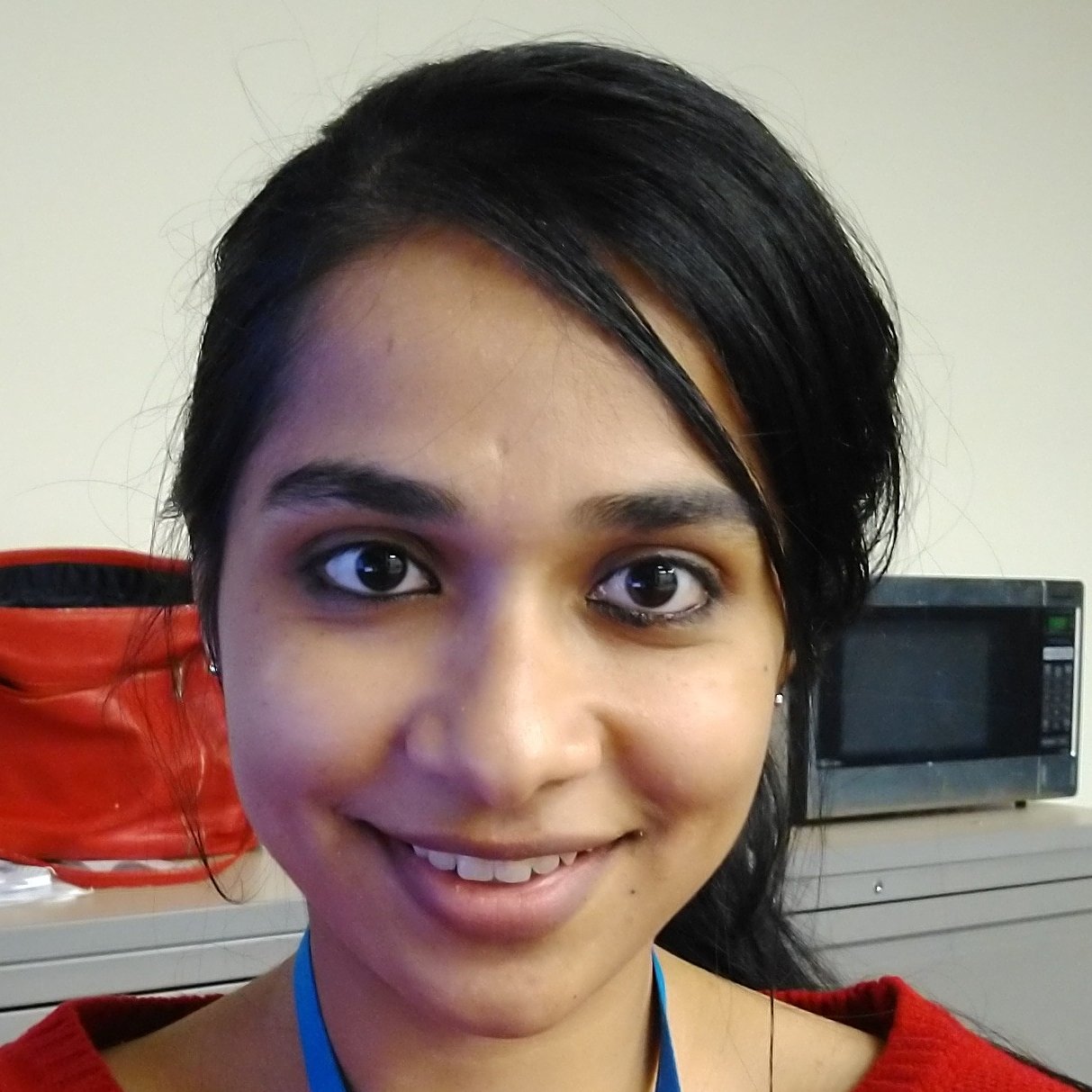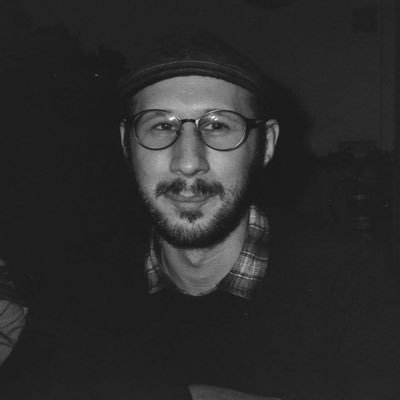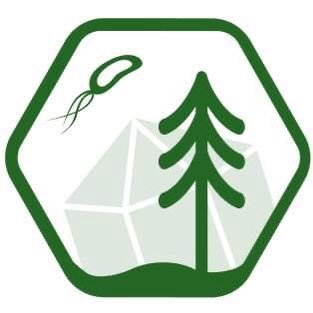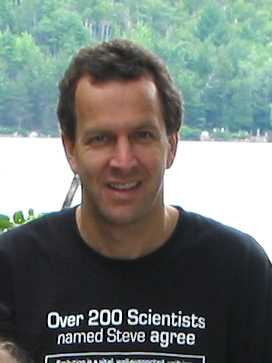
Maria SOKOLOVA
@arimiora28Lise Meitner Research Group Leader @MPI_Biochem since March 2024 Bacteriophages
Similar User

@VirusOfMicrobes

@Oliveira_HAM

@BSVoM_official

@azeredo_joana

@IngaTrails

@NobregaFL

@mfwhite2

@J_Bobonis

@AShaidullina1

@ael_hardy

@GlontiTea

@FrancoisRousset

@dinahoch

@hauryliuk

@LNdsted
Phage vs. Bacteria: New findings! Phages use their own tRNAs to evade bacterial defenses like retrons and PrrC. Huge thanks to Azam for his hard work! in @NatureComms nature.com/articles/s4146…

Published today @NatureComms We discovered a bacterial NLR-like pattern recognition receptor that can sense 3 different viral proteins as a signature for infection. This explains its broad defense against different phage families Congrats @nath_bechon! nature.com/articles/s4146…
It has been a journey and here it is: my first post doc paper is out in Nature Communications 🎉🎉🎉 If you red the preprint, it's worth checking the revised manuscript, we added some cool stuff. A thread. ⬇️ nature.com/articles/s4146…
Viruses known as bacteriophages are difficult to study, but they are beginning to give up their secrets go.nature.com/4hwDsmk
Cyclic nucleotide signals are a common anti-phage mechanism. How can (jumbo) phage keep up? Sponges! See thread from Iana Fedorova, a very talented post-doc in lab. We (w/ Feng lab) report amazing diversity in ligands bound by phage proteins Tad1/Tad2. 1/n rdcu.be/dYAVS
I am very proud to share our paper on Tad1/Tad2 sponges, which appeared to be multifunctional anti-defense proteins that inhibit many different signaling-based immunity systems!💫 nature.com/articles/s4158…

Exciting news! I started the junior research group 'Complexes in Phage-infected Cells' at Helmholtz Centre for Infection research @Helmholtz_HZI looking forward to explore new jumbo phage biology. We’re hiring! Join us for a PhD position.

New preprint from the lab, led by outstanding student Claire Kokontis! (@CKokontis) In this work Claire et al. discover Imp1-Imp6, phage proteins required for the selective import of proteins into the jumbo phage nucleus! Imp1 (below) is the special one. biorxiv.org/content/10.110…

I am very proud to share our paper on Tad1/Tad2 sponges, which appeared to be multifunctional anti-defense proteins that inhibit many different signaling-based immunity systems!💫 nature.com/articles/s4158…

🌟NAD is a fascinating molecule—not only a crucial cofactor but also a source of immune signals! Discovering a new molecule is incredible🧫🔬, and after working with antibiotic producers, I’m happy to find new ones by studying the phage-bacteria arms race!
🚨We report the discovery of bacterial defense system that employs TIR signaling and a caspase-like protease to confer anti-phage immunity. Excited to share our latest findings and the final results from my postdoc, together with @IlyaOsterman and @SorekLab 👇
Did you know that bacteria remember their past for many generations? In this new preprint from us (@VillaniAlexis and Senen Mendoza) and Banin lab (@ShmidovE ), we reveal the "how?" and "why?" underlying a long-standing mystery in bacterial memory. biorxiv.org/content/10.110…
Go beyond #genome #sequencing ! Giant #Pseudomonas #phage #transcription landscape reveals novel #sRNA & regulatory elements. Relevant to phage #biology & #microbiology #SyntheticBiology #research #Publication in @MicrobialBiote1 doi.org/10.1111/1751-7… @ERC_Research
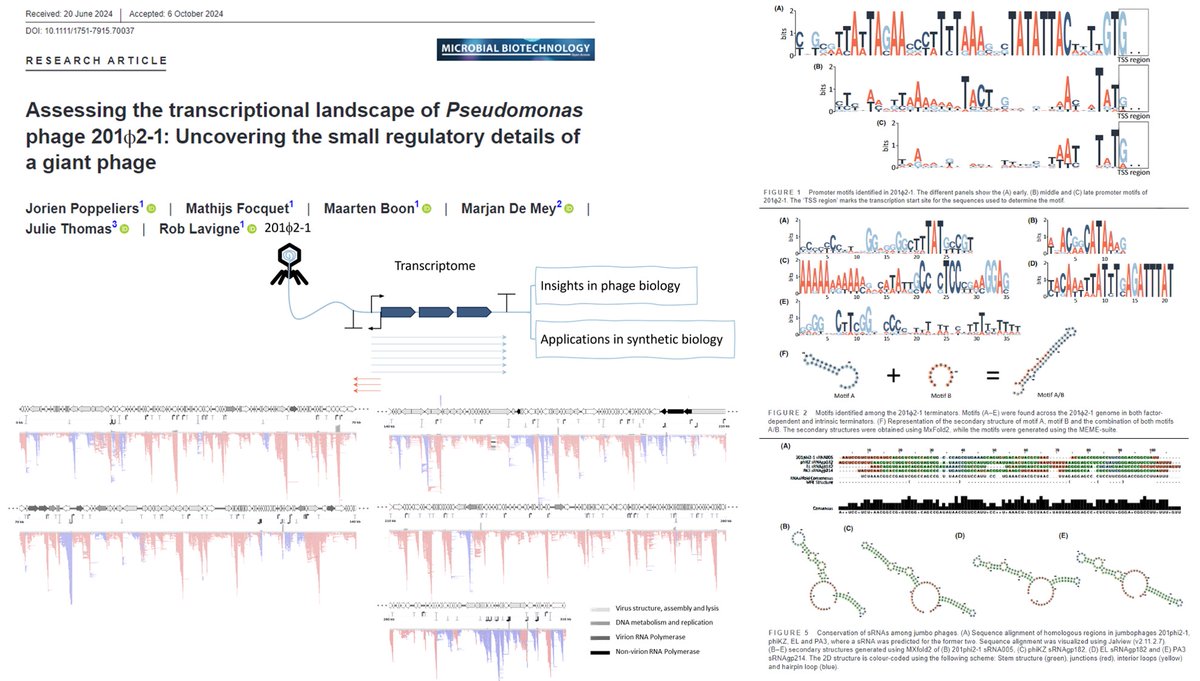
The book is born! THE LIVING MEDICINE is out TODAY! Reviewers described it as “unputdownable”,“a detective story”,“a page turner”, “Malcolm Gladwell at his best" and compared it to "The Immortal Life of Henrietta Lacks."

Happy to share our work in @NatureMicrobiol Gamma-Mobile-Trio systems are mobile elements rich in bacterial defensive and offensive tools. If you're interested in #Antiphage #T6SS #Vibrio #MGE then this is for you. 🧵1/15 rdcu.be/dXMwQ nature.com/articles/s4156…
See our preprint on systematic hotspot annotation! In addition to hotspot analysis, we provide precomputed iLund4u databases and two search modes: find if your query proteins are encoded in hotspots or map hotspots to a single phage/plasmid sequence. biorxiv.org/content/10.110…

OUT NOW in @Nature: A bacterial immunity protein directly senses two disparate phage proteins By Tong Zhang, Abel Garcia-Pino, Michael Laub & colleagues. @michael_laub8 nature.com/articles/s4158…
» The role of noncoding RNAs in bacterial immunity: Trends in Microbiology cell.com/trends/microbi…
🦠🧬Our paper is live @CellCellPress: Genome integrity sensing by the broad-spectrum Hachiman antiphage defense complex authors.elsevier.com/sd/article/S00… Through structural, genetic and microbiological approaches, we show that Hachiman degrades DNA… by sensing low integrity DNA.
Our preprint (posted on BioRxiv in August 2023) on the defense mechanism of retron Ec86 (Eco1) is now out. DNA methylation activates retron Ec86 filaments for antiphage defense: Cell Reports cell.com/cell-reports/f…
A couple of weeks ago our work on predicting protein-protein interactions in 19 pathogenic bacteria came out in @NatureMicrobiol! Here we screened millions of potential pairs and identified ~1,300 presumed to be novel interactions. nature.com/articles/s4156…

A paper out this week in Nature finds evidence of inversions within genes as a source of novel protein sequence in bacteria. nature.com/articles/s4158… I have seen this in data & proposed it as a mechanism (C in Fig.) but clearly should have followed it up! link.springer.com/article/10.100…

United States Trends
- 1. Happy Thanksgiving 513 B posts
- 2. $cuto 6.255 posts
- 3. Thankful 227 B posts
- 4. Turkey Day 26,5 B posts
- 5. #Gratitude 8.122 posts
- 6. #Grateful 4.341 posts
- 7. Al Roker N/A
- 8. Feliz Día de Acción de Gracias 2.072 posts
- 9. Jimmy Fallon 1.273 posts
- 10. Death Becomes Her N/A
- 11. Vindman 95,4 B posts
- 12. The Outsiders 2.241 posts
- 13. Gobble Gobble 14 B posts
- 14. Michelle Williams N/A
- 15. #GiveThanks 1.502 posts
- 16. Cutoshi 1.002 posts
- 17. #AskZB N/A
- 18. #28Nov 3.110 posts
- 19. Hoda 1.019 posts
- 20. Zuckerberg 85,6 B posts
Who to follow
-
 ISVM
ISVM
@VirusOfMicrobes -
 Hugo Oliveira
Hugo Oliveira
@Oliveira_HAM -
 Belgian Society for Viruses of Microbes
Belgian Society for Viruses of Microbes
@BSVoM_official -
 Joana Azeredo
Joana Azeredo
@azeredo_joana -
 Inga Songailiene
Inga Songailiene
@IngaTrails -
 Franklin Nobrega
Franklin Nobrega
@NobregaFL -
 Malcolm White
Malcolm White
@mfwhite2 -
 Jacob Bobonis
Jacob Bobonis
@J_Bobonis -
 Aisylu Shaidullina
Aisylu Shaidullina
@AShaidullina1 -
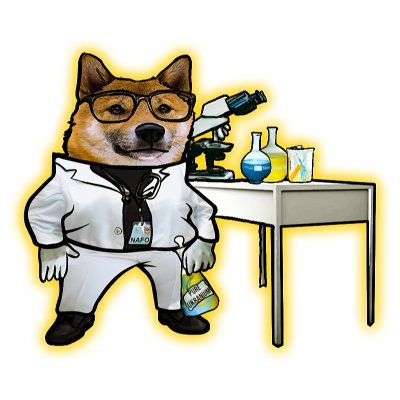 Aël Hardy
Aël Hardy
@ael_hardy -
 Tea Glonti
Tea Glonti
@GlontiTea -
 François Rousset
François Rousset
@FrancoisRousset -
 Dina Hochhauser
Dina Hochhauser
@dinahoch -
 Vasili Hauryliuk
Vasili Hauryliuk
@hauryliuk -
 lone brøndsted
lone brøndsted
@LNdsted
Something went wrong.
Something went wrong.







